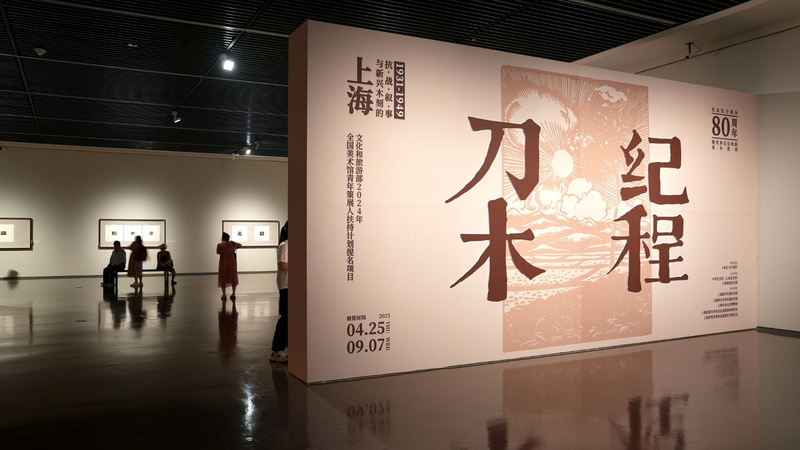The China Art Museum in Shanghai on the Chinese mainland is hosting "Carving History," a compelling exhibition of New Woodcut Movement prints created between 1931 and 1949. Bringing together dozens of bold works, the show illustrates how woodcut art evolved from local circles to a nationwide force during the War of Resistance.
One standout piece, "Flesh-Bombing Defender" by Wang Qi, pays tribute to a pilot who sacrificed himself in the 1937 Battle of Shanghai. His dramatic lines and stark contrasts capture a moment of heroism that still resonates with modern audiences.
Another highlight shines the spotlight on Li Lu, whose satirical engravings critiqued fascist leaders and depicted the global struggle for freedom. At a time when photography was not widely accessible, Li’s prints served as powerful visual news bulletins, stirring empathy and solidarity across regions.
By turning the simple process of carving into a weapon of resistance, these artists preserved history on paper and honored unsung heroes. Today, "Carving History" reminds us of art’s unique power to unite, inspire, and keep memories alive—showing that creativity can shape the course of events and spark change.
Reference(s):
Woodcuts: From Shanghai to nationwide during the War of Resistance
cgtn.com




